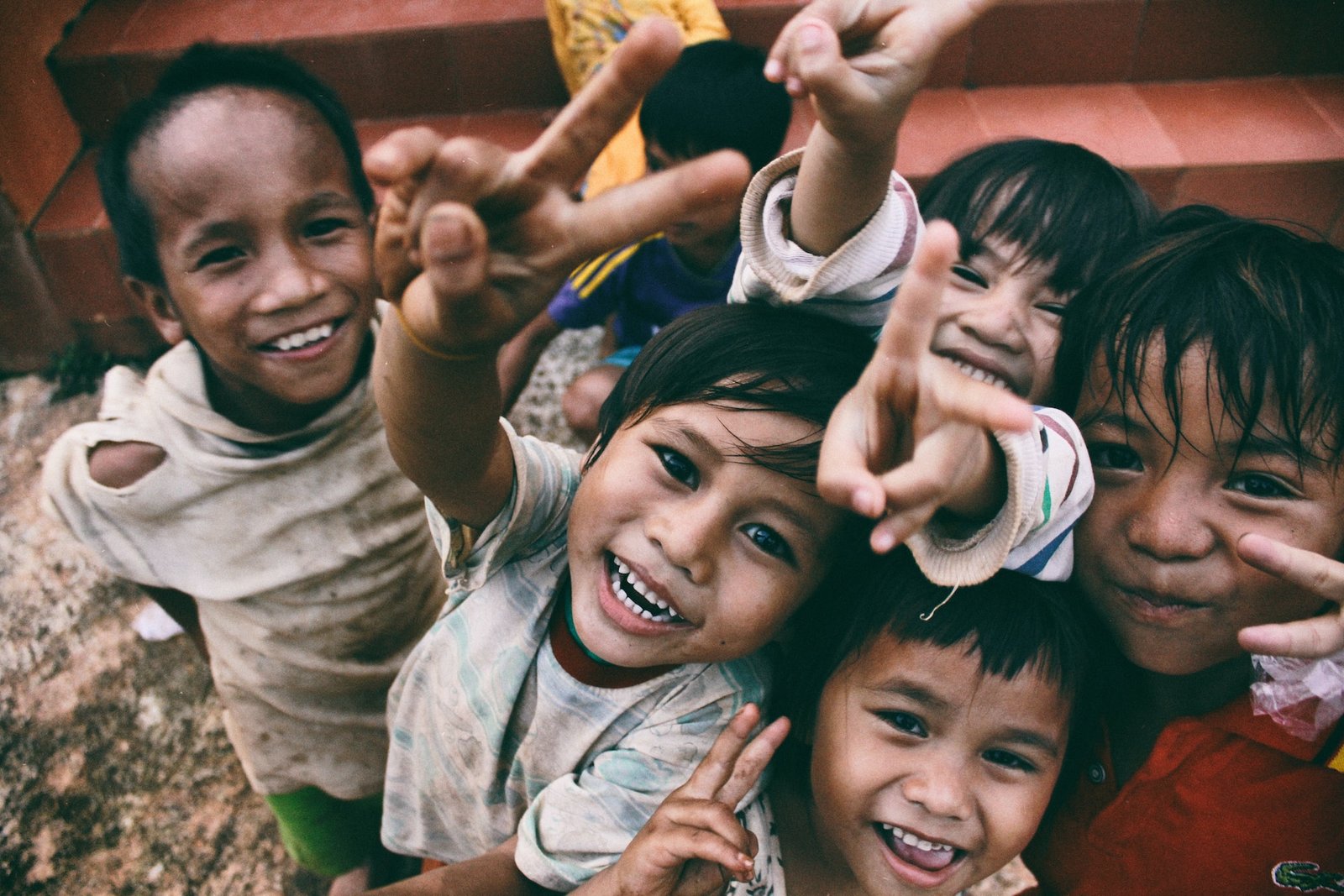How to Strengthen Children & Teens Against Anxiety After News of a World Trauma
In today’s world, we’re always surrounded by news because of the internet and smartphones. While this can be a lot for grown-ups to handle, it’s even tougher for kids and teenagers. Their young minds can get really upset when they hear about sad or scary events on the news. So, it’s up to parents, teachers, and everyone around them to help and support them. Let’s explore more about this and see how we can best help our young ones.
Understanding Young Minds
Kids and teenagers see the world differently than adults because they’re still learning about it. Here’s what’s going on in their heads:
- Seeing Everything Up Close: For children, something bad happening far away can feel like it’s right next door.
- Feeling Too Much: They can have big feelings about things and might not know how to handle them, making it hard for them to think clearly.
Given these challenges, it’s essential to approach traumatic news with sensitivity and care.
Handling the World of News
When it comes to all the news out there:
- Choose Wisely: We can’t hide everything from kids, but we can make sure they see things that are right for their age. Some news apps and channels are made just for them.
- Set News Time: Instead of letting them see news all the time, have set times for it. This way, they don’t get too much all at once, and there’s time to talk about what they saw.
- Talk About It: Let kids and teens know they can talk to you about any news that makes them upset or confused. They should know it’s okay to share how they feel.
Building Strength and Hope in Kids
It’s important to both protect kids from the bad and show them the good in the world:
- Share Positive Stories: Not all news is bad. There are many stories about brave people, kind acts, and good things happening. By sharing these, we give kids a balanced view of the world.
- Get Involved Locally: By joining events or helping out in the community, kids can see the good in people up close. This can also make them feel like they’re making a difference.
- Learn More: Give kids ways to learn about what’s happening in the world. Books, films, or learning tools can help them understand things better and not feel so lost.
Letting Kids Share Their Feelings Through Activities
Kids might not always talk about what’s bothering them. So, it’s good to have different ways for them to show their feelings:
- Making Art: Activities like drawing or crafts let kids show their emotions. It’s about how they feel, not how the art looks.
- Writing Things Down: Older kids might like to write about their feelings or makeup stories. This gives them a quiet place to think and understand their thoughts.
- Moving Around: Playing sports, dancing, or just playing outside helps kids let out extra energy and can make them feel better.
How Schools Can Help Kids Understand the World
Schools are really important in kids’ lives and can help them a lot with understanding tough things:
- Talking with a Counselor: If schools have regular times when kids can chat with counselors, they can spot if someone is feeling upset or worried and help them feel better.
- Chatting in Groups: Talking about big things happening in the world as a class can make kids see they’re not alone in how they feel.
- Learning Important Topics: Schools can teach stuff like how to understand the news, what’s happening around the world, and how to handle feelings. This helps kids feel ready and know what to do.
Explaining Things Using Everyday Examples
Kids and teens often get things better when they can connect it to stuff they know or have seen before. Here’s how:
- Talking About Weather: We can talk about big world events like they’re storms. Storms can be scary, but they don’t last forever. After the rain, the sun comes out. This helps kids see that even if things seem messy now, they can get better.
- Using Stories: Telling stories has always been a great way to teach. By sharing tales of people bouncing back, staying hopeful, or being brave from old times or even our own lives, we can make kids feel better and understand better.
Using Tech to Feel Better
Nowadays, there’s a digital tool for almost everything, and that includes feeling good:
- Meditation on Your Phone: Meditation is great for the mind. Apps like ‘Calm’ and ‘Headspace’ have special sessions just for kids and teens.
- Online Diaries: If you like using gadgets, you can keep your thoughts in online journals or blogs. It’s a cool way to talk about your feelings.
- Learning Through Play: Some games help kids learn about what’s happening in the world. They teach in a fun way, so kids can understand without feeling too much pressure.
Making a Cozy Corner at Home
Kids and teens need a place where they feel safe and listened to:
- Quiet Zones: Make a special spot in the house, like a reading corner or play space, where there’s no talk of scary world news. It’s like a mini-vacation from all the noise.
- Keeping a Schedule: Doing the same things at the same times can be calming. Even if lots are changing outside, having a regular routine makes things feel more normal.
- Together Time: Doing fun stuff as a family, like playing games, sharing stories, or having picnics, helps everyone feel closer and more supported.
Conclusion
In today’s world where news and updates are everywhere, helping our kids navigate these overwhelming times is essential. Through heartfelt discussions, understanding, and learning, we can help them grow into well-informed and emotionally strong individuals.








